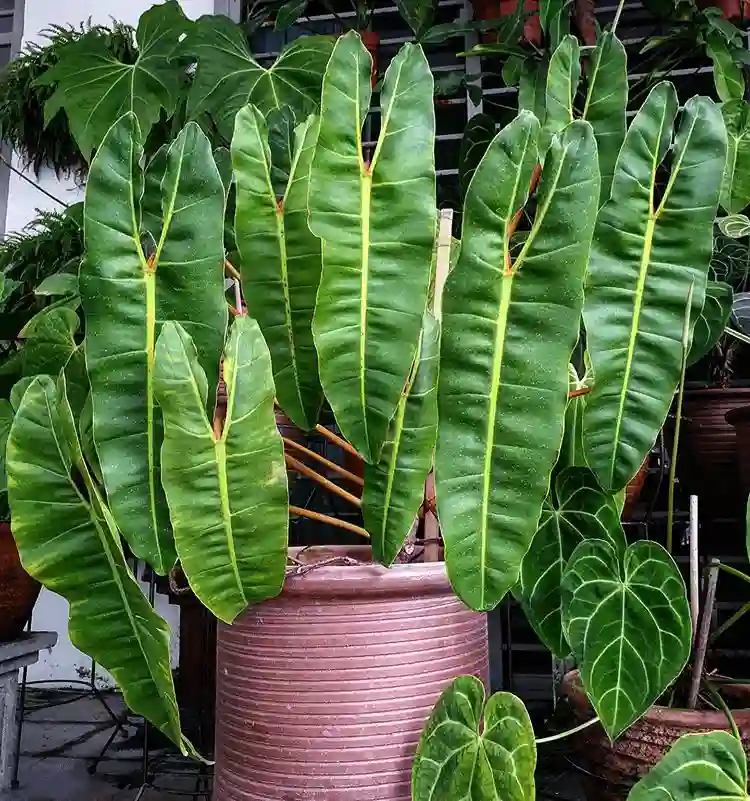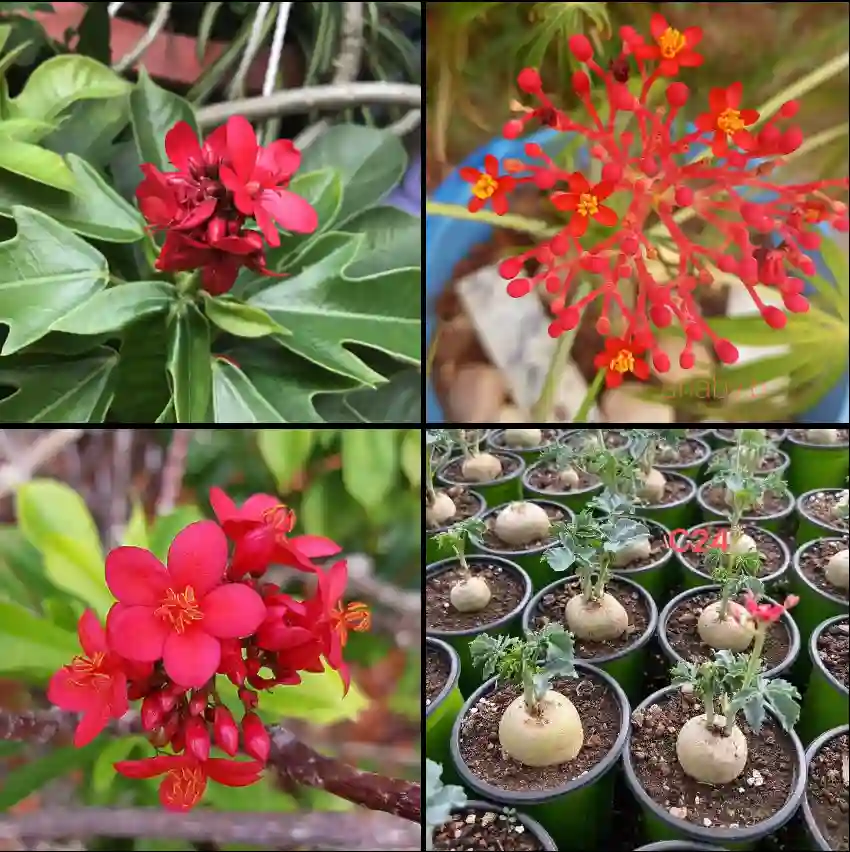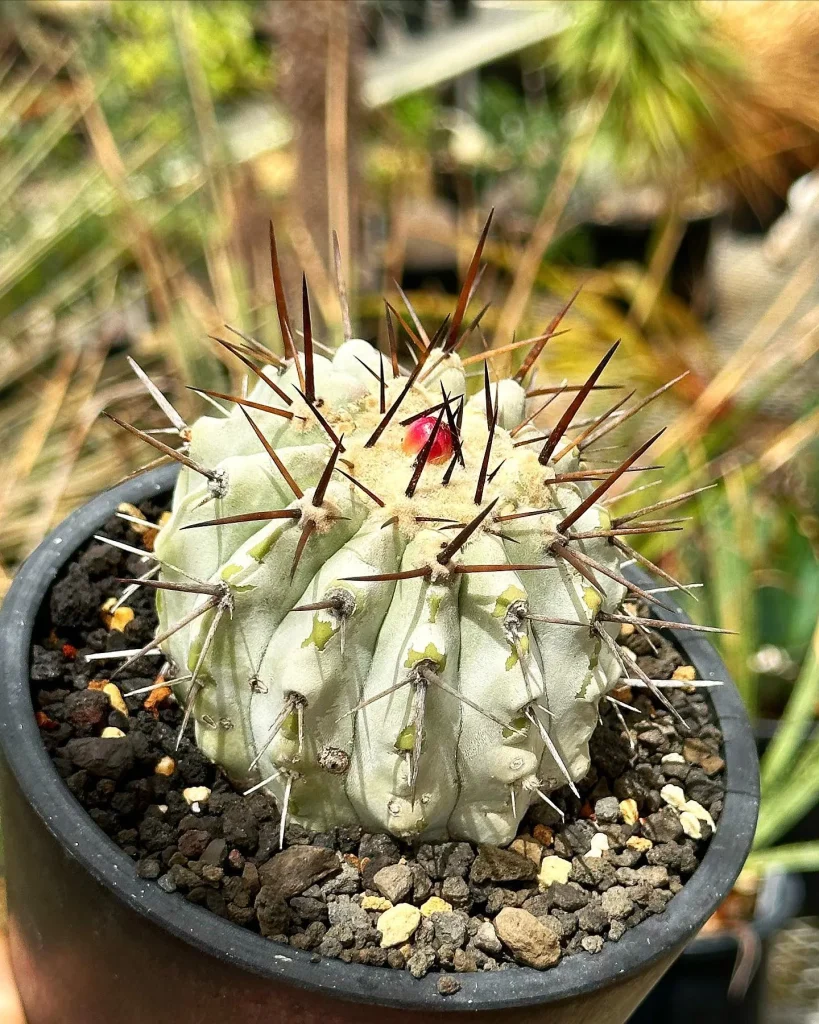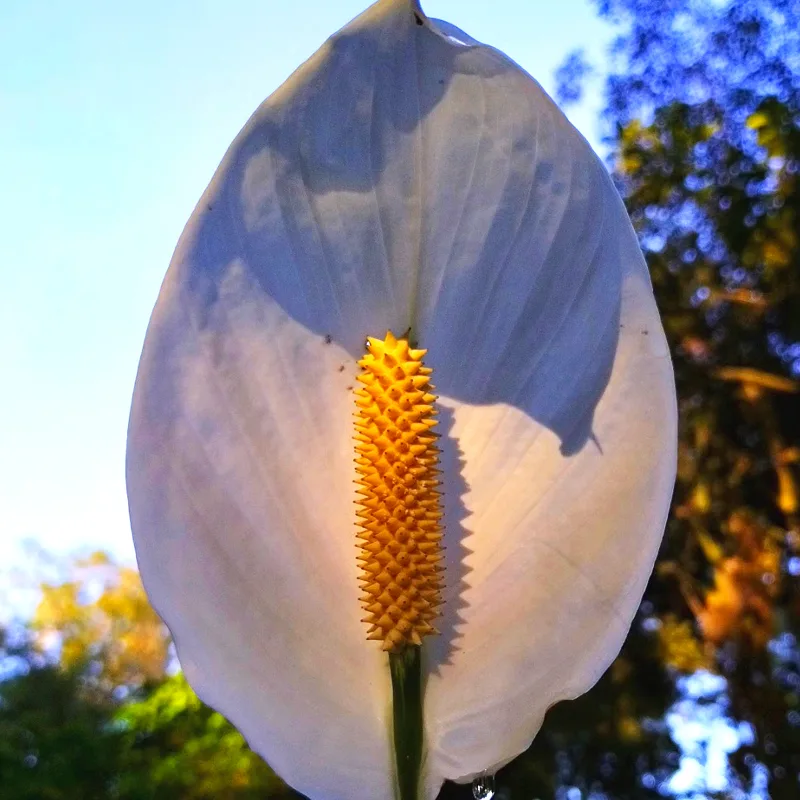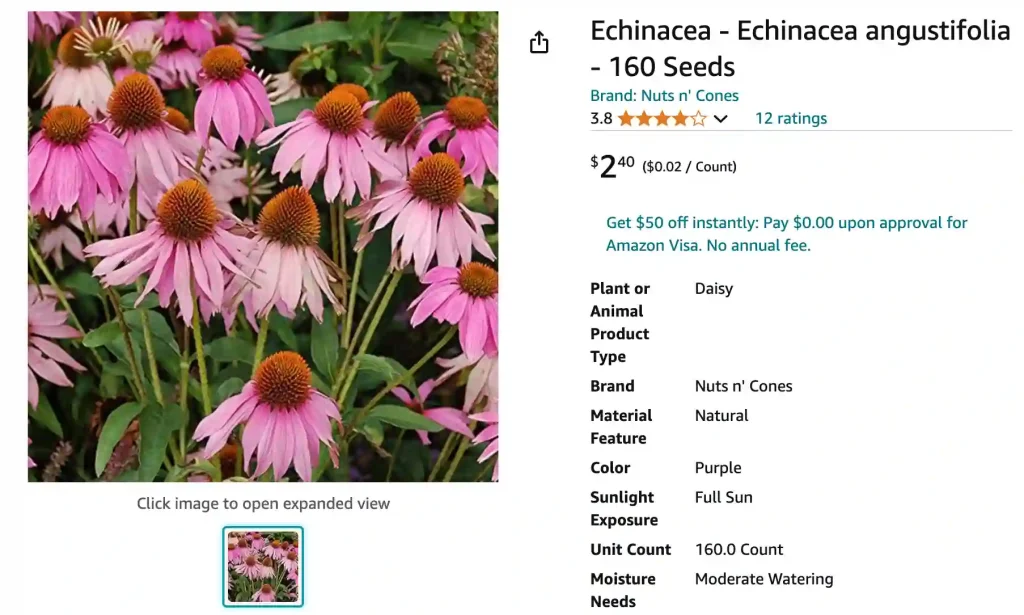
What is Echinacea Angustifolia?
Echinacea Angustifolia, often simply called Angustifolia, is a perennial herb native to the central and eastern United States. It’s part of the Asteraceae family and is renowned for its distinctive purple coneflower blooms. This plant is not just appreciated for its beauty; it has a rich history of use in traditional medicine.
9 Species in Genus Echinacea
What is Echinacea Angustifolia Used For?
Echinacea Angustifolia is primarily known for its immune-boosting properties. Traditionally, it’s been used to treat colds, flu, and infections. It’s believed to enhance the immune system’s ability to fight off pathogens. Beyond that, it has anti-inflammatory and antioxidant properties, making it a popular choice for various herbal remedies.
What Does Echinacea Angustifolia Look Like?
Echinacea Angustifolia features slender, lance-shaped leaves and purple to pinkish flowers with a prominent cone-shaped center. The plant typically grows to about 12-18 inches in height. The flowers are the most striking part, with their daisy-like appearance and the characteristic spiky center that gives them their name.
What is the Difference Between Echinacea Purpurea and Angustifolia?
Echinacea Purpurea and Echinacea Angustifolia are both used for similar purposes but have distinct differences. Echinacea Purpurea, often the more common type found in gardens, has broader leaves and larger, more showy flowers. Angustifolia, on the other hand, is more slender and has smaller, narrower leaves. While both are used for immune support, Angustifolia is often considered more potent in its medicinal qualities due to its higher concentration of certain active compounds.
Echinacea Angustifolia vs. Purpurea
The main distinction between Echinacea Angustifolia and Echinacea Purpurea lies in their physical characteristics and medicinal properties. Angustifolia has a stronger, more concentrated medicinal profile, while Purpurea is more commonly grown and used due to its larger, more attractive flowers and slightly different health benefits.
How to Pronounce Echinacea Angustifolia?
The pronunciation of Echinacea Angustifolia is “ek-in-AY-shuh ang-gus-ti-FOH-lee-uh.” It might take a few tries to get it right, but once you have it, it’s easy to use in conversation.
How to Grow Echinacea Angustifolia?
Growing Echinacea Angustifolia is relatively straightforward. It prefers well-drained soil and full sun but can tolerate partial shade. Plant it in a location where it will receive at least six hours of sunlight daily. Water it regularly but avoid overwatering, as this can lead to root rot. It’s a hardy plant that can handle a range of soil conditions, but it thrives in slightly acidic to neutral soil.
How to Care for Echinacea Angustifolia?
Care for Echinacea Angustifolia involves regular watering and occasional feeding. Fertilize in early spring with a balanced fertilizer to encourage growth. Deadhead the flowers to prolong blooming and prevent the plant from becoming too leggy. During the winter, mulch around the base of the plant to protect the roots from freezing temperatures.
How to Propagate Echinacea Angustifolia?
Propagation of Echinacea Angustifolia can be done through seeds, division, or cuttings. Seeds can be sown directly in the soil in early spring or started indoors. Division is best done in early spring or late fall. Simply dig up the plant, divide the root ball, and replant the sections. Cuttings should be taken in late summer and rooted in a moist, well-draining medium.
What is Echinacea Angustifolia Root?
The root of Echinacea Angustifolia is where much of its medicinal power is concentrated. It is commonly used in herbal supplements and tinctures for its purported health benefits, such as boosting the immune system and reducing inflammation.
How to Test Echinacea Angustifolia Concentration?
To test the concentration of Echinacea Angustifolia in supplements or extracts, you can use high-performance liquid chromatography (HPLC), a standard method in analytical chemistry. This process separates and quantifies compounds to ensure that the product contains the right concentration of active ingredients.
Is Echinacea Angustifolia Safe During Pregnancy?
While Echinacea Angustifolia is generally considered safe for most people, its use during pregnancy is less clear. There is limited research on its effects during pregnancy, so it’s best to consult with a healthcare provider before using it in any form while pregnant.
Where to Buy Echinacea Angustifolia Plant?
Echinacea Angustifolia plants can be purchased from garden centers, nurseries, and online retailers. It’s essential to buy from reputable sources to ensure you get healthy plants. Some herbal shops also sell the seeds or roots of this plant for cultivation or medicinal use.
What to Plant With Echinacea Angustifolia?
Echinacea Angustifolia pairs well with other perennial plants such as Black-eyed Susans, Shasta daisies, and ornamental grasses. These companions can enhance its aesthetic appeal and provide a balanced garden design.
Can You Grow Echinacea Angustifolia Indoors?
Growing Echinacea Angustifolia indoors is possible but not ideal. It prefers outdoor conditions with ample sunlight and space to thrive. If you do grow it indoors, ensure it gets sufficient light and ventilation, and be mindful of the plant’s size as it matures.
Is Echinacea Angustifolia Toxic?
Echinacea Angustifolia is generally not considered toxic. It’s used safely in various forms of herbal medicine. However, as with any herbal remedy, it’s important to use it appropriately and consult with a healthcare professional if you have any concerns or pre-existing health conditions.
Common Problems with Echinacea Angustifolia
Some common issues with Echinacea Angustifolia include susceptibility to powdery mildew and aphid infestations. Ensuring good air circulation around the plant and using organic pest control methods can help manage these problems. Additionally, avoid overwatering to prevent root rot.
By understanding these aspects of Echinacea Angustifolia, you can better appreciate its uses and benefits, ensuring you get the most out of this versatile and valuable plant.
If i die, water my plants!
